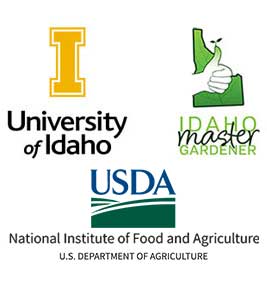Current Alerts
Swipe Left or Right to navigate Alerts
Treasure Valley Onion School
All Crops Treasure Valley, Treasure Valley - Idaho, Eastern Idaho, Magic Valley, Northern Idaho, Treasure Valley Oregon
Posted on: December 19, 2025 by Jemila Chellappa
»
Treasure_Valley_Onion_Workshop_Revised.pdf
Treasure Valley Onion School
All Crops Treasure Valley, Treasure Valley - Idaho, Eastern Idaho, Magic Valley, Northern Idaho, Treasure Valley Oregon
Posted on: December 19, 2025 by Jemila Chellappa
»
Treasure_Valley_Onion_Workshop_Revised.pdf



